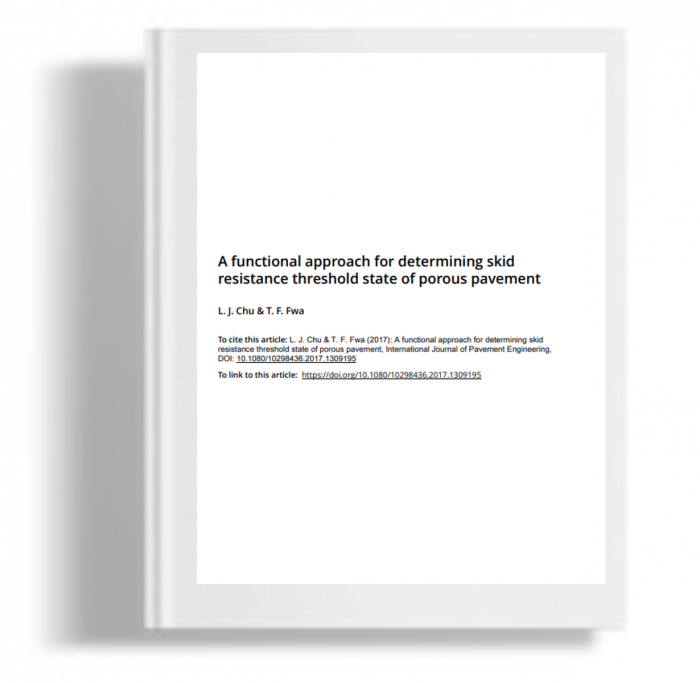Kami menggunakan cookies untuk membuat pengalaman Anda lebih baik. Untuk mematuhi petunjuk e-Pribadi yang baru, kami perlu meminta persetujuan Anda untuk menyetel cookies. Pelajari lebih lanjut .
A functional approach for determining skid resistance threshold state of porous pavement
Porous pavements are used widely worldwide to improve wet-weather driving safety and to reduce tire-pavement noise. A common form of distress that affects these service functions of porous pavements is clogging.
Porous pavements are used widely worldwide to improve wet-weather driving safety and to reduce tire-pavement noise. A common form of distress that affects these service functions of porous pavements is clogging. The conventional pavement condition survey practices do not perform tests or make measurements to assess the degree of clogging, and the extent it has affected the pavement’s functional performance with respect to noise reduction or skid resistance enhancement. There is also no sound engineering basis or guidelines today to guide highway agencies to determine the state of clogged porous pavement condition at which a major maintenance or rehabilitation of porous pavement must be carried out to restore the pavement’s noise reduction or skid resistance enhancement performance. This paper focuses on the determination of a porous pavement’s skid resistance threshold state at which clogging has led to inadequate skid resistance for safe traffic operations. It presents a rational engineering procedure that applies skid resistance requirements to determine the threshold service state of a clogged porous pavement. A theoretically sound concept and analysis for calculating the wet-weather skid resistance of a porous pavement is developed. Since it is not possible or practical to measure the in situ degree of clogging on site, a permeability measurement is proposed in this study for practical implementation of the proposed procedure. A threshold permeability is determined to define the threshold service state of the porous pavement with respect to wet-weather skid resistance.

